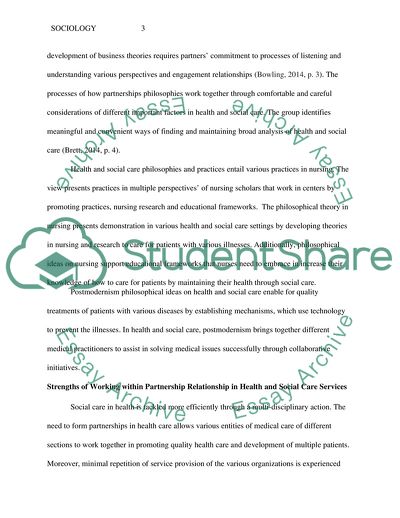Cite this document
(Partnership in Health and Social Care Coursework Example | Topics and Well Written Essays - 2500 words, n.d.)
Partnership in Health and Social Care Coursework Example | Topics and Well Written Essays - 2500 words. https://studentshare.org/sociology/1881761-working-in-partnership-in-health-and-social-care
Partnership in Health and Social Care Coursework Example | Topics and Well Written Essays - 2500 words. https://studentshare.org/sociology/1881761-working-in-partnership-in-health-and-social-care
(Partnership in Health and Social Care Coursework Example | Topics and Well Written Essays - 2500 Words)
Partnership in Health and Social Care Coursework Example | Topics and Well Written Essays - 2500 Words. https://studentshare.org/sociology/1881761-working-in-partnership-in-health-and-social-care.
Partnership in Health and Social Care Coursework Example | Topics and Well Written Essays - 2500 Words. https://studentshare.org/sociology/1881761-working-in-partnership-in-health-and-social-care.
“Partnership in Health and Social Care Coursework Example | Topics and Well Written Essays - 2500 Words”. https://studentshare.org/sociology/1881761-working-in-partnership-in-health-and-social-care.


